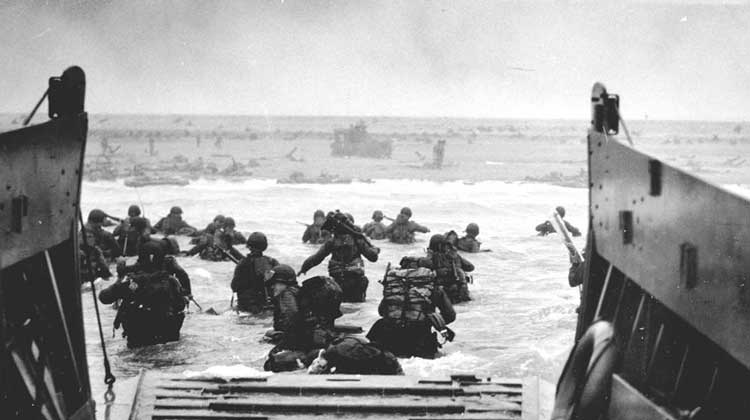
D-Day–June 6, 1944–marked the Allied invasion of France and the eventual liberation of Western Europe. In a mere three months, Allied forces advanced to the Rhine and prepared to invade Germany.
D-Day, formally known as Operation Overlord, was the largest amphibious assault in military history and involved troops from 12 nations. The invasion was a testament to the importance of secrecy, intelligence, and logistics in moving so many soldiers and equipment.
Throughout the invasion, intelligence was inaccurate and logistics were imperfect. But the will to fight and the courage displayed by the troops that landed along the Normandy coast more than made up for these shortcomings.
Without that successful invasion, the Soviet Union and Europe would have continued to suffer from the full might of the Nazi war machine. Germany’s western flank would have remained secure, and the war would have continued.
U.S. Manufacturing Boosted D-Day Success
However, it was not just the soldiers and the secrecy of the invasion that ultimately made D-Day a success. It was the manufacturing industry in the United States that churned out tanks, aircraft, and naval vessels at such a stunning rate that the Axis powers simply could not keep pace.
This fact has been stated over and over, but it is important to remember that war creates as it destroys. The landings at Normandy doomed the Nazi regime and spawned a new international economic order.
Continue reading here.
Share